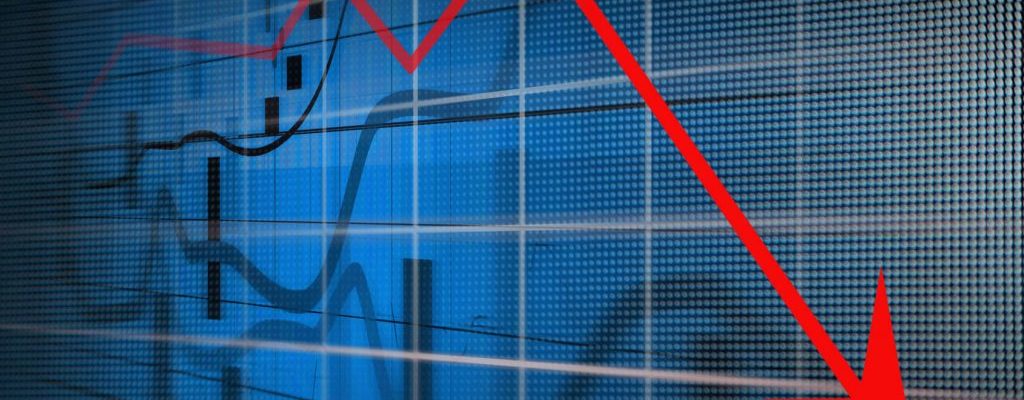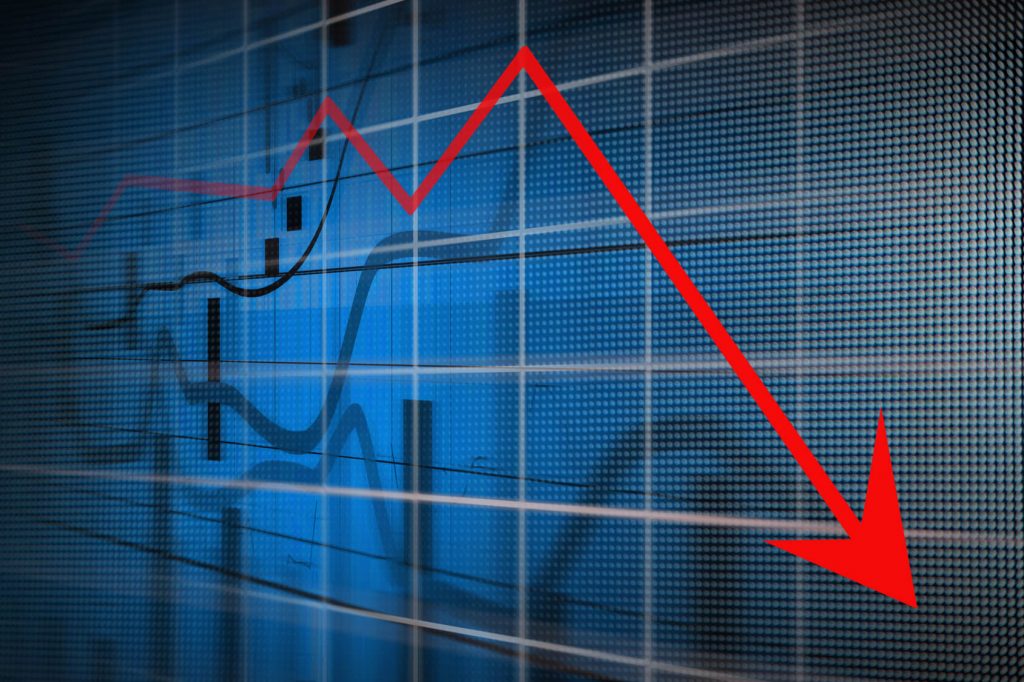

The American economy experienced a slight contraction of 0.3% during the first quarter of 2025, according to the advance estimate released by the US Bureau of Economic Analysis (BEA).
This decline followed a 2.4% increase in the fourth quarter of 2024.
Key factors contributing to the GDP decrease included:
- Increase in imports: Imports subtract from GDP calculations, and the rise was primarily driven by consumer goods (excluding food and automotive) and capital goods (excluding automotive). Notably, medicinal, dental, and pharmaceutical preparations, including vitamins, and computers, peripherals, and parts were significant contributors.
- Decrease in government spending: This downturn in public sector expenditure significantly impacted the overall GDP. Federal government spending, particularly defence consumption expenditures, decreased, although this was partly offset by an increase in state and local government spending, led by compensation of employees.
Despite the contraction, the BEA is reporting certain positive contributions such as:
· Investment: Private investment showed resilience and contributed positively to the GDP. The largest contributor was private inventory investment, particularly in wholesale trade, notably drugs and sundries.
- Consumer spending: Although decelerated compared to the previous quarter, consumer spending still added to the GDP. Increases were seen in both services (led by health care and housing and utilities) and goods (with nondurable goods increasing, partly offset by a decrease in durable goods).
- Exports: An upturn in exports also helped offset some of the negative impacts.
Inflationary pressures intensified during this period with the price index for gross domestic purchases increasing by 3.4%, compared to a 2.2% rise in the fourth quarter of 2024 while the personal consumption expenditures (PCE) price index rose by 3.6%, and core PCE inflation (excluding food and energy) increasing by 3.5%.
Real final sales to private domestic purchasers, which exclude trade and government activity, increased by 3.0%, slightly up from 2.9% in the previous quarter. This indicates that private-sector demand remains robust despite broader economic headwinds.







Comments